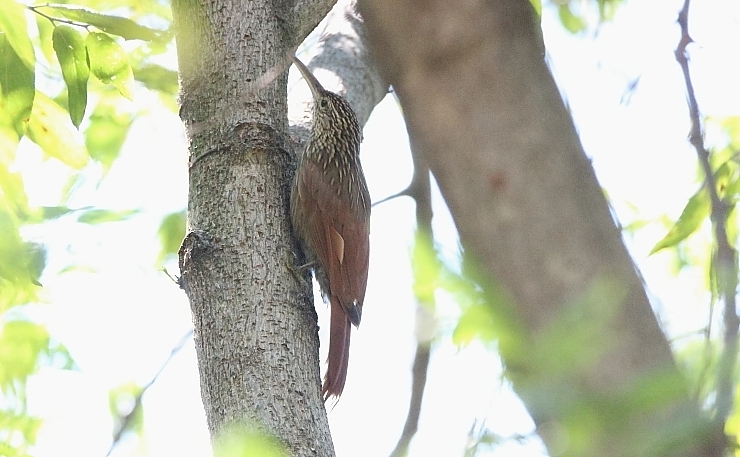
A week ago Monday, I drove half an hour to get to the area between the little towns of La Escalera, El Palmar, y Arúmbaro. As I was very surprised to discover recently, this area is at the same elevation as my home in Morelia. But Morelia is part of a large relatively homogenous ecosystem, while the La Escalera area sits right on the junction of our highland pine-oak forest system and the lowland tropical thorn forest biome. And, in birding as in real estate, the key is location, location, location. Double the ecosystems, double the species.
When I first explored this zone, I was astonished to discover highland species like the Hepatic Tanager and Brown-backed Solitaire could be seen feeding on the very same tree as lowland species like the Sulphur-bellied Flycatcher and Masked Tityra. Throw in some Banded Quail and Lesser Roadrunners running through the understory, with the occasional male Sparkling-tailed Hummingbird on a mid-level perch, and I must admit that some serious endorphins were produced. Ever since then, I have gone back every month or two.
Which brings me to my most recent visit. With Michoacán finally being officially drought-free, our grasslands have grown very tall, and the Quail and Roadrunners were nowhere to be seen. But two, yes, two male Sparkling-tailed Hummingbirds turned up. The one time I saw a female of this species it was patiently feeding at eye level, and the photos were excellent. But the much more showy males like to perch at a height of about 10 feet, and so far they have always been seriously backlit. This photo from last week is as good as any I have taken of males. And this is not a good photo:
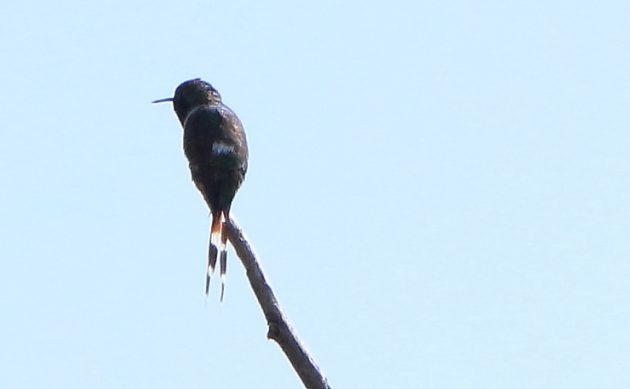
This being Michoacán in the fall, there were plenty of other hummingbirds to be found. Rufous Hummingbirds, as Madonna said of Rita Hayworth, “give good face”:
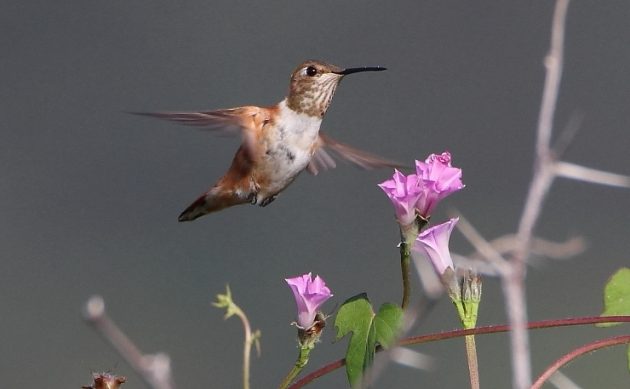
Every once in a while, I figure out how to recognize a difficult bird, and then realize I’ve probably been seeing it all along. The Calliope Hummingbird is one such recent case:
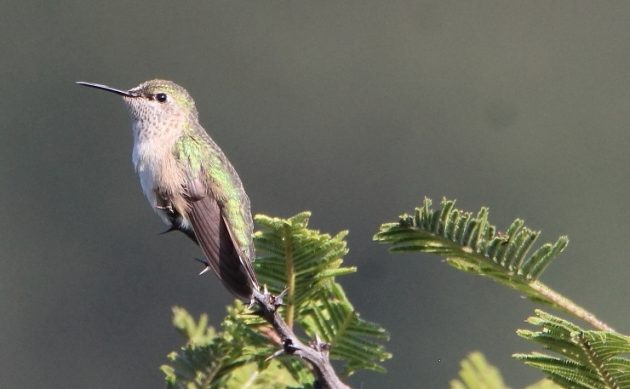
The short bill helps, but those wings, longer than the tail, are what really give the Calliope away.
And then there was this Lincoln’s Sparrow, who was very concerned that you all know that La Escalera is where the thorn forest begins:
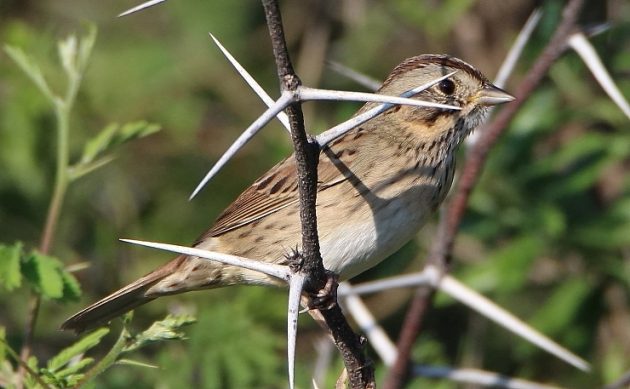
I’ll throw in a couple of non-bird photos, just because this is my blog, and I can:
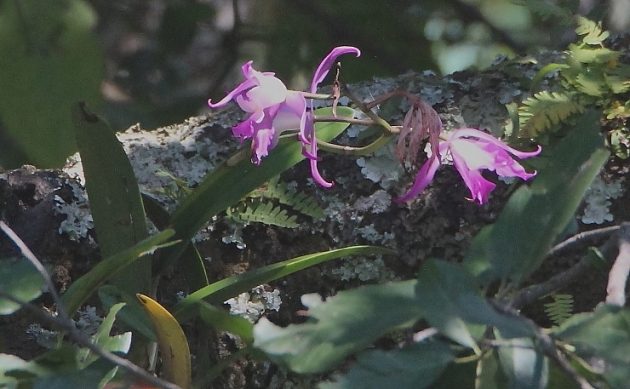
Even after all these years, I still can’t believe I’m living in a place where orchids just grow on trees in the wild. This one is apparently a Laelia autumnalis, known as Flor de los Muertos because it blooms on the Día de los Muertos — exactly the day when I saw this one bloom!
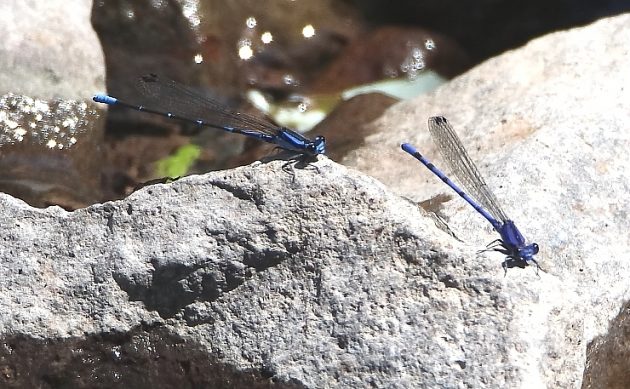
Dragonflies are also cool. (Blue Dashers, perhaps?)
But the real revelation of this outing for me was a true tropical bird. You can’t spend much time in Michoacán’s highland pine-oak forests without seeing and, especially, hearing the White-striped Woodcreeper. But, while I had caught a couple of glimpses of the subtropical-to-tropical Ivory-billed Woodcreeper (both times with someone else who found it for me), neither had been a really good sighting. In contrast, this encounter was a great one… and it was all mine. Thank you, El Palmar!
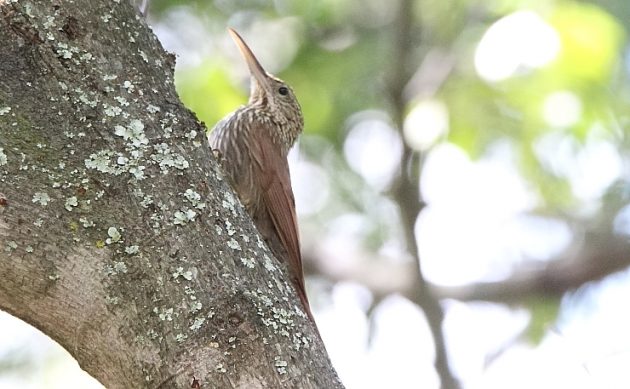
Much larger, pale bill; more streaking on back; darker belly; slightly larger overall size: it’s an Ivory-billed.













Leave a Comment